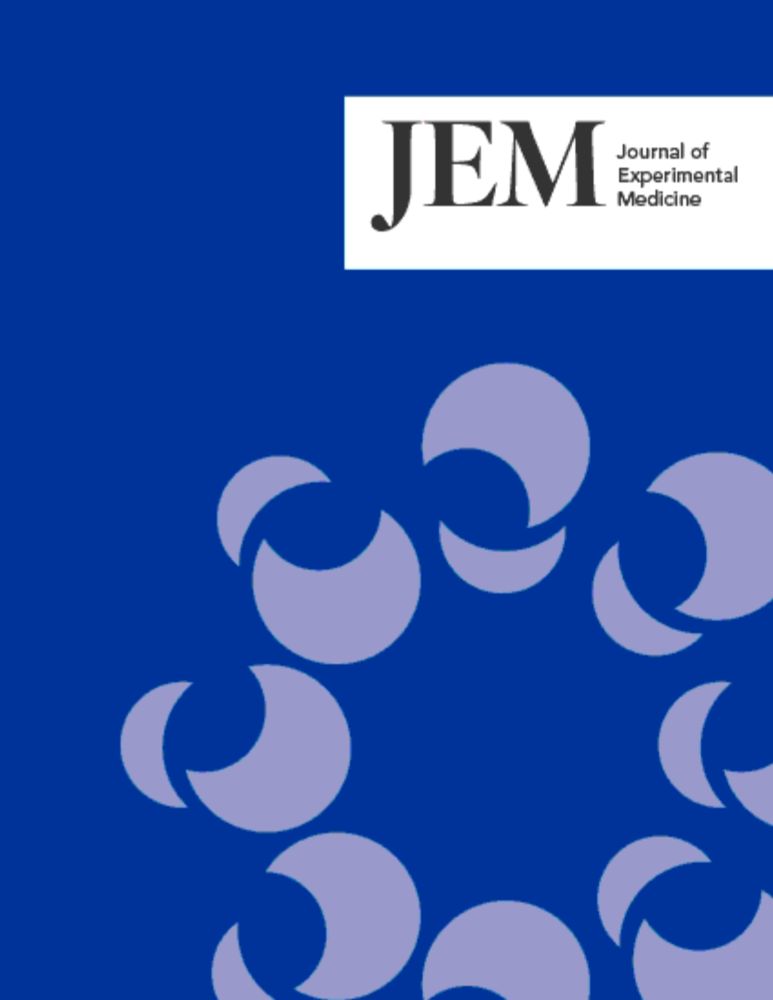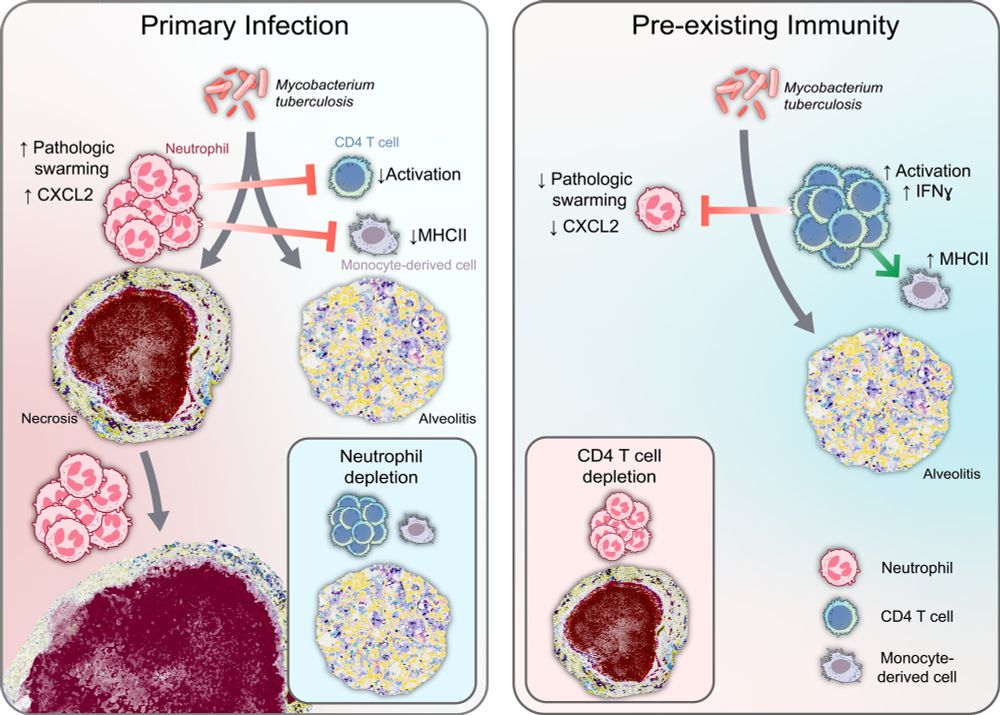Erin McCaffrey, PhD
@erin-mccaffrey.bsky.social
170 followers
250 following
29 posts
Principal Investigator of the Spatial Immunology Unit | Independent Research Scholar | NIH/NIAID Intramural Research Program
Spatially mapping the immune ecosystem of infection and inflammation
(Views are my own)
Posts
Media
Videos
Starter Packs
Reposted by Erin McCaffrey, PhD
Reposted by Erin McCaffrey, PhD
Bryan Bryson
@thebrysonlab.bsky.social
· Jul 21

Targeting infection-specific peptides in immunopeptidomics studies for vaccine target discovery
MS-based immunopeptidomics can facilitate vaccine antigen discovery, but self-MHC peptides greatly outnumber pathogen-derived MHC peptides, presenting a ch
doi.org
Reposted by Erin McCaffrey, PhD
Reposted by Erin McCaffrey, PhD
Reposted by Erin McCaffrey, PhD
Tom Scriba
@tomscriba.bsky.social
· Mar 24
Reposted by Erin McCaffrey, PhD
John Green
@johngreensbluesky.bsky.social
· Mar 11









